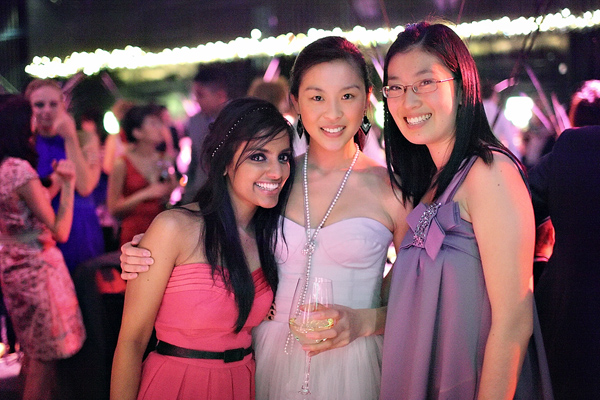Hi all - I just got a 430EX II and am getting to grips with it.
In a couple of weeks there's a family wedding - I'm not The Wedding Photographer, but I am taking some candids at the reception which will be indoors in the evening.
In my experimentation with the new toy, I've noticed that the way it works with ETTL is that the camera tries to expose the background with ambient light, while lighting the subject with the flash. Unless I go to really high ISO, this results in the camera (in Av mode) choosing a shutter speed that is too slow for handholding (eg 1/13) with obvious results.
Anyone have advice on how to handle this? Tripod is not an option here, since I'll be mobile at the reception. As far as I can see, I either have to live with high ISO, or switch to manual and have an underexposed background. Thoughts? I can't see any other way around it, but perhaps those experienced in wedding/event photography might have some sneaky trick...








 Thanks useful information:
Thanks useful information: 
 Reply With Quote
Reply With Quote Add To Bookmarks
Add To Bookmarks
 Darren
Darren 






 Threadstarter
Threadstarter





